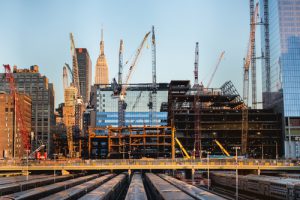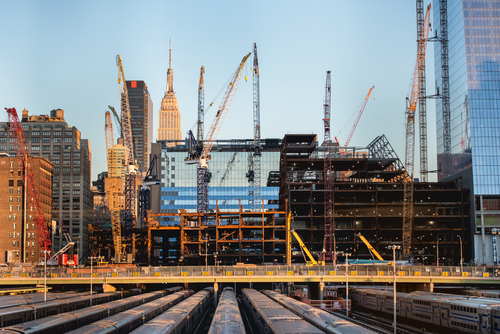Following a fatal accident, the use of crawler cranes in New York City was placed under exceptionally strict regulations. These regulations quickly became unpopular with construction contractors and crane companies who found they provided little benefit. Now the regulations are set to be replaced.
 Tragedy Brings Stricter Regulations
Tragedy Brings Stricter Regulations
On February 5th, 2016, a nearly 600-foot crawler crane collapsed as it was being lowered as a precaution against approaching 25-mile per hour winds. The collapse caused damage for a full city block, ending in several injuries and one death.
In response, the New York Department of Buildings ordered crawler cranes to be shut down and stored whenever winds were forecast to surpass 20 miles per hour or if gusts surpassed 30 miles per hour. Operators were to put the cranes into safety mode then secure them the day before high winds were forecast. Penalties for disregarding these regulations were increased from $4,800 to $10,000.
Better Crane Regulations Ahead
Wind speeds of 20 miles per hour are a frequent occurrence in New York. So frequent, in fact, construction contractors found themselves shutting down their cranes on a regular basis to comply with the new regulations. These shutdowns caused delays leading to logistical and financial issues. Worse yet, some contractors and crane companies feel the regulations don’t necessarily improve safety.
Mayor Bill de Blasio assembled a task force to review and revise the city’s crane regulations, but the panel was criticized for its lack of crane experts. This task force has recommended returning, in part, to the old regulations which state that cranes must stop operation when winds reach 30 miles per hour or manufacturer’s specified limit.
The task force has also proposed two additional measures. One would require an operator on site unless the crane is designed for winds of 30 miles per hour or higher or it’s in storage mode. The other would prohibit any crawler crane that can’t safely operate in 20-mile per hour winds from use in a public space.
For more information on regulations affecting crane companies and other construction professionals, contact Construction Monitor today.

